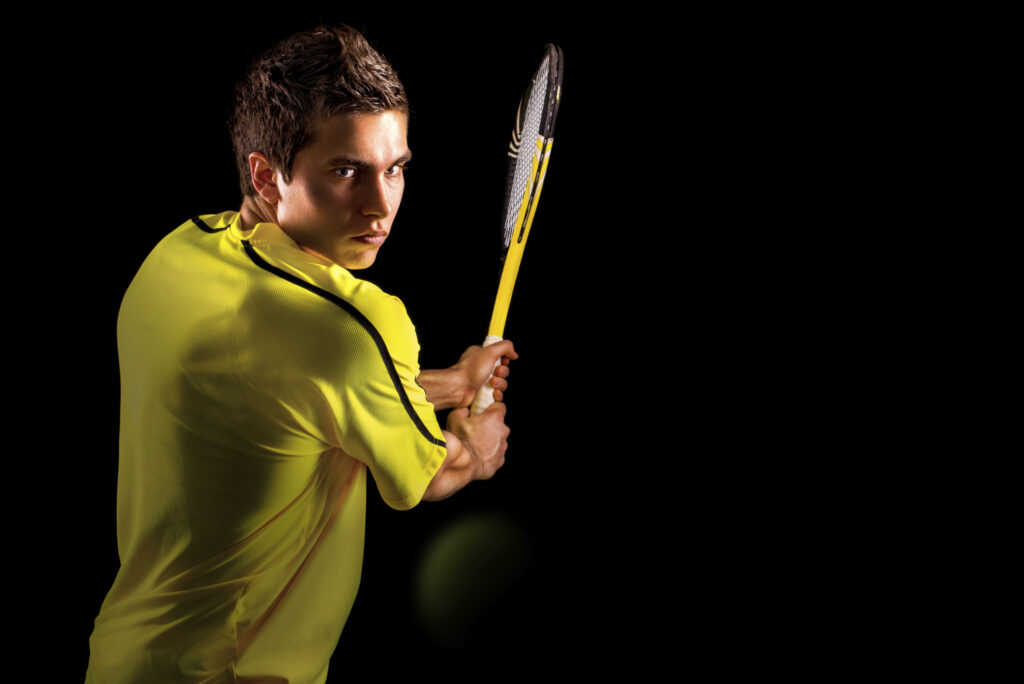Tennis Essentials: A Teaching Pathway

"Hey kids … how was your day? How was tennis?" you ask.
"Good," they reply.
"Just good?" you inquire.
"Yep." And that’s all you get.
Parents know that sometimes, getting any kind of information out of their children is like pulling teeth. Luckily, there’s help. Parent-teacher conferences, progress reports and report cards allow parents to see how their child is doing, where he or she needs additional work, and whether they are ready to move to the next grade.
You would never send your kids to a school that didn't offer report cards … so why would you send your kids to a tennis camp that didn't offer the same type of grading and performance feedback?
Here’s where teaching pathways come into effect. They offer a proven system to help your young tennis player identify and work on his/her game to get to that next level of play.
A structured approach to progress
A teaching pathway is a cohesive system for coaches, students and parents. It sets goals for students, pinpointing milestones and accomplishments they must master before they can move up to a higher level of play. For teachers, a pathway helps establish a guideline as to what to cover during instruction. Think of them as progress reports and report cards, but for tennis.
Pathways may also be called "systems progressions." This means instructors place students into groups based upon their skill level (i.e. novice, intermediate, expert) and coach them accordingly. It’s challenging at first, yet designed to help players grow over time. For example, novice students may play with smaller racquets so they can focus on making contact with the ball and achieving accuracy.
Development pathways
While each tennis institution has its own way of handling development pathways, here is a look at the four most common levels of development found at tennis clubs across the country.
►Level 1: Players begin with a net height of two-feet, nine-inches, a width of 36 x 18-feet and use racquets of 19, 21 and 23 inches to hone accuracy at an early developmental age. Level 1 players are required to commit to playing twice a week—a pace proven to help players develop four times faster—and also receive fitness training.
►Level 2: Players move to a 60 x 21-foot net (singles) with a height of three-feet at the center and three-feet, six-inches at the posts. Racquets are 23- to 25-inches.
►Level 3: Net width is 78 x 27-feet (singles) and the height remains the same as Level 2. Racquets are 25 to 27-inches and further tactics and training is required.
►Level 4: Nets are the same as in Level 3 and players use 27-inch racquets. They must also commit to playing three times a week.
As you can see, there is a general progression on this tennis pathway.
Players begin with small racquets to learn the ABCs of the game and graduate to larger racquets, so they can hone shot placement, strategy, psychological and emotional states and more. Each level is accompanied by an evaluation and a progress report, essential information to help the player and coach understand what needs to be done to reach the next level. Students also wear color-coded wristbands to indicate their level of play—giving them incentive to work harder toward the next level and allowing coaches to match similarly-skilled players.
A win for players, parents and coaches
Just as important, development pathways clearly demonstrate players’ progress and skill levels. Coaches evaluate students and give them progress reports, to determine what level they are at and to decide what needs to be done to reach the next stage. Evaluations also protect coaches from second guessing by parents about their child’s level. But parents are encouraged to interact with coaches so they can understand what is necessary for their child to advance.
The pathways are a win for students who know exactly where they stand. Pathways are also a win for coaches and for parents who know exactly what is needed for moving up. In tennis, you have to start somewhere. And a teaching pathway will help take a player from “somewhere” to a place of skill, enjoyment and even lifelong passion for the game!






